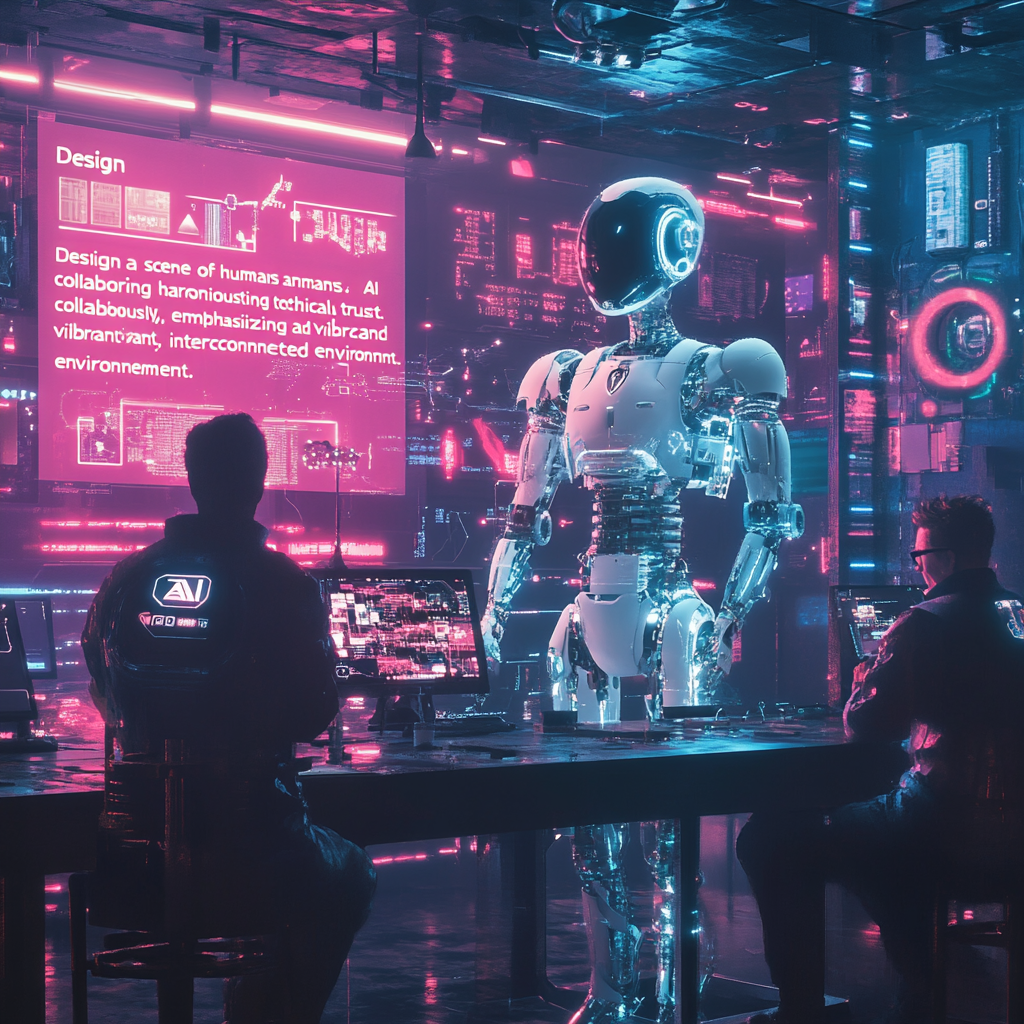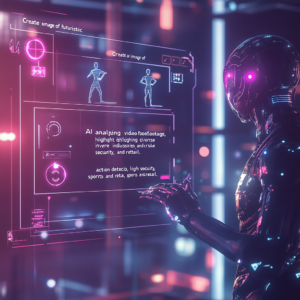
Redefining Human-Machine Bonds: Ethical Engineering Beyond Trust
In a world dominated by technology, the conversation around human-machine interaction often revolves around one buzzword: trust. Yet, Matthew L. Bolton, an associate professor of systems and information engineering at the University of Virginia, struts in with an audacious proposition—what if trust is not the answer? Intrigued? You should be. The implications are profound, and the discourse it ignites is nothing short of enlightening.
Let’s face it; trust is a slippery concept. Everyone talks about it as if it's the holy grail of human-machine relationships, but let's dissect that. Trust, as Bolton points out, is ambiguous at best. It’s the Gordian knot of human emotion—contextual, fickle, and often muddied by related notions like confidence and perceived risk. Even trying to pinpoint what constitutes trust feels like trying to catch smoke with your bare hands. When you rely on something as woolly and subjective as trust, you’re navigating in murky waters, my friend.
Now, here’s where it gets spicy. Large corporations often play the trust card like it's a magic trick. They want users to trust their shiny new technologies without question. But why? Because if you trust the technology, you’re less likely to scrutinize it, which means those corporations can operate under the radar, sometimes even at the expense of user autonomy. It’s a classic case of exploitation—encouraging blind trust to sidestep the need for reliability.
Here’s a radical thought: what if we tossed the trust concept out the window and focused on something tangible? Bolton posits that we should prioritize objective measures like system reliability, transparency, and usability instead. These aren’t just fancy buzzwords; they’re the backbone of a user-centric approach. Consider this:
-
Reliability: We want systems that function as they should, without unexpected hiccups. You wouldn’t trust a coffee machine that occasionally spews cold water, right?
-
Transparency: If you can see the inner workings of the system, misunderstandings dwindle. Understanding how something operates is like reading the recipe before diving headfirst into the pot.
-
Usability: Let’s be real; if a system is a pain to use, trust or not, you’re going to get frustrated. User-friendly design makes all the difference, and we all know it.
Shifting gears from trust to these concrete aspects paves the way for an ethical approach to technology. It champions user empowerment over blind allegiance. Wouldn’t you rather feel in control instead of placing your faith in a system that may or may not have your back?
Let’s take a peek at human-AI interactions, traditionally structured around this "humans-as-backup" mentality. That’s a recipe for mediocrity, my friends. Human ingenuity and machine efficiencies should intertwine like a perfectly braided bread. Jessy Lin captures this shift eloquently, arguing for hybrid systems where humans and machines collaborate seamlessly—like a well-rehearsed dance rather than a clumsy two-step.
Imagine mixed-initiative systems where humans don’t just step in when things go south but actively engage with AI, directing the flow of tasks while the machine offers its prowess. Sounds dreamy, right? Flexibility is the name of the game here. The tech of tomorrow should allow humans to leverage machines in nuanced ways, adapting to complex scenarios rather than playing a secondary role.
Now, step back and think about the ethical labyrinth we’re navigating. Trusting AI isn’t just a tech conundrum; it’s a moral and sociotechnical tightrope walk. As we gather more researchers to explore how trust is built (or eroded), we see a confluence of principles like transparency, privacy, accountability, and fairness. Yet, even with a universal consensus on these principles, we’re often drowning in vague guidelines.
This brings us to an underappreciated factor: the very people building these algorithms. The perspectives and practices of tech workers themselves shape the algorithms they design. Their values seep into the technology, influencing everything from functionality to user experiences. We need their input in this conversation because without it, we’re leaving a crucial piece of the puzzle unaddressed.
So, what’s the final verdict? The notion that trust is the central pillar of human-machine interaction needs a serious reevaluation. By shifting the spotlight to concrete elements like reliability, transparency, and usability, we can forge a new path towards ethical and effective technological solutions. It’s time to rethink how we define success in our interactions with machines and to create models that genuinely empower users.
Here’s the kicker—this reimagined approach is not just about making technology functional; it’s about making it ethical, sustainable, and human-centric. It’s about cultivating an environment where users are not merely passive recipients of technology but active participants in a shared journey with machines that enhance their capabilities rather than diminish their autonomy.
Want to stay up to date with the latest news on ethical engineering and human-machine interactions? Subscribe to our Telegram channel: @channel_neirotoken
Grab hold of the future of technology! It’s time for us to design systems that empower us, celebrate our agency, and elevate our collective experiences. Embrace this paradigm shift, because trust—not the answer anymore—has left the building.

